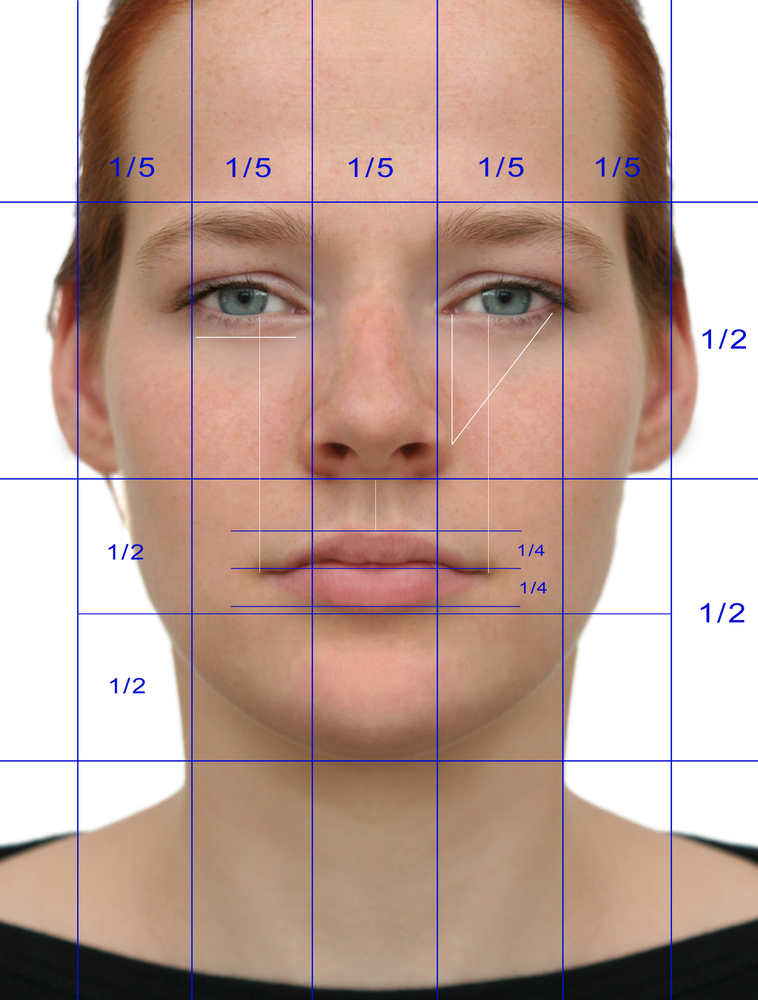Parkinson’s Induced Dysphonia refers to the voice changes experienced by individuals living with Parkinson’s disease. Dysphonia, characterized by hoarseness, breathiness, and reduced vocal volume, can significantly impact communication and overall quality of life for those affected by the condition. In this blog, we will delve into the causes, symptoms, and available treatment options for Parkinson’s Induced Dysphonia, shedding light on this often-overlooked aspect of Parkinson’s disease.
Symptoms and Causes of Parkinson’s Induced Dysphonia
Parkinson’s disease is a neurodegenerative disorder that primarily affects the motor system, leading to a range of physical and cognitive symptoms. In addition to tremors and rigidity, the disease can also impact the vocal system, resulting in dysphonia.
Parkinson’s Induced Dysphonia manifests through various vocal symptoms, including:
- Hoarseness or roughness in the voice
- Breathiness or weak voice quality
- Reduced vocal volume or projection
- Monotone speech without inflection
- Tremor or shakiness in the voice
- Difficulty initiating speech or vocalization
- Vocal fatigue or quickly becoming tired while speaking
- Changes in pitch or voice control
- Slurred or imprecise speech articulation
- Voice breaks or sudden changes in voice quality during speech
- Reduced intelligibility or difficulty being understood by others
- Limited vocal range or inability to produce high or low pitches
- Strained or effortful voice production
- Voice quality that worsens with fatigue or stress
- Difficulty modulating speech rate or rhythm
These changes occur due to a combination of factors, including muscular rigidity, reduced breath support, impaired laryngeal coordination, and diminished control of the vocal folds.
Diagnosis and Evaluation
ENTs (Ear, Nose, and Throat specialists) play a role in the diagnosis and treatment of Parkinson’s Induced Dysphonia, particularly in assessing the structural and physiological aspects of the vocal system. Here is an overview of how ENTs diagnose and treat Parkinson’s Induced Dysphonia:
Diagnosis:

- Patient History: The ENT will gather information about the patient’s medical history, including any previous diagnoses of Parkinson’s disease or related vocal symptoms.
- Physical Examination: The ENT will perform a comprehensive examination of the vocal system, including the larynx (voice box) and vocal folds. This may involve using specialized instruments such as a laryngoscope to visualize the vocal folds directly.
- Instrumental Assessment: ENTs may use diagnostic tools like stroboscopy, which utilizes a strobe light to assess vocal fold movement and vibration patterns during speech. This technique can provide valuable insights into the coordination and function of the vocal folds.
- Objective Measurements: Additional objective measurements, such as acoustic analysis and aerodynamic assessments, may be performed to evaluate vocal parameters like pitch, loudness, and airflow during speech.
Treatment:
- Medical Management: ENTs may collaborate with neurologists or other healthcare professionals to manage the underlying Parkinson’s disease. Medications aimed at improving motor symptoms and reducing muscle rigidity, such as levodopa or dopamine agonists, can indirectly impact voice quality.
- Surgical Interventions: In severe cases of Parkinson’s Induced Dysphonia, ENTs may consider surgical interventions. Procedures like vocal fold augmentation or laryngeal reinnervation can be explored to improve vocal fold closure and restore voice quality.
- Voice Therapy Referral: While ENTs themselves may not provide direct voice therapy, they often refer patients to speech-language pathologists (SLPs) who specialize in voice disorders. SLPs can develop personalized voice therapy programs to address the specific needs of individuals with Parkinson’s Induced Dysphonia.
- Collaborative Care: ENTs may work closely with SLPs and other healthcare professionals involved in the management of Parkinson’s Induced Dysphonia to ensure a multidisciplinary approach. This collaboration allows for comprehensive assessment, treatment planning, and monitoring of the patient’s progress.
It’s important to note that the exact diagnostic and treatment approach may vary depending on individual patient characteristics and the expertise of the healthcare professionals involved. Therefore, it is recommended to consult with a medical specialist for a personalized evaluation and treatment plan.
In Conclusion:
Parkinson’s Induced Dysphonia can significantly impact the lives of individuals with Parkinson’s disease, affecting their ability to communicate and be understood. However, with early diagnosis, appropriate treatment, and support from healthcare professionals, individuals can manage and improve their voice symptoms. By raising awareness and providing resources, we can foster a better understanding of Parkinson’s Induced Dysphonia and promote a higher quality of life for those affected by this condition. Remember, there is hope, and help is available.








